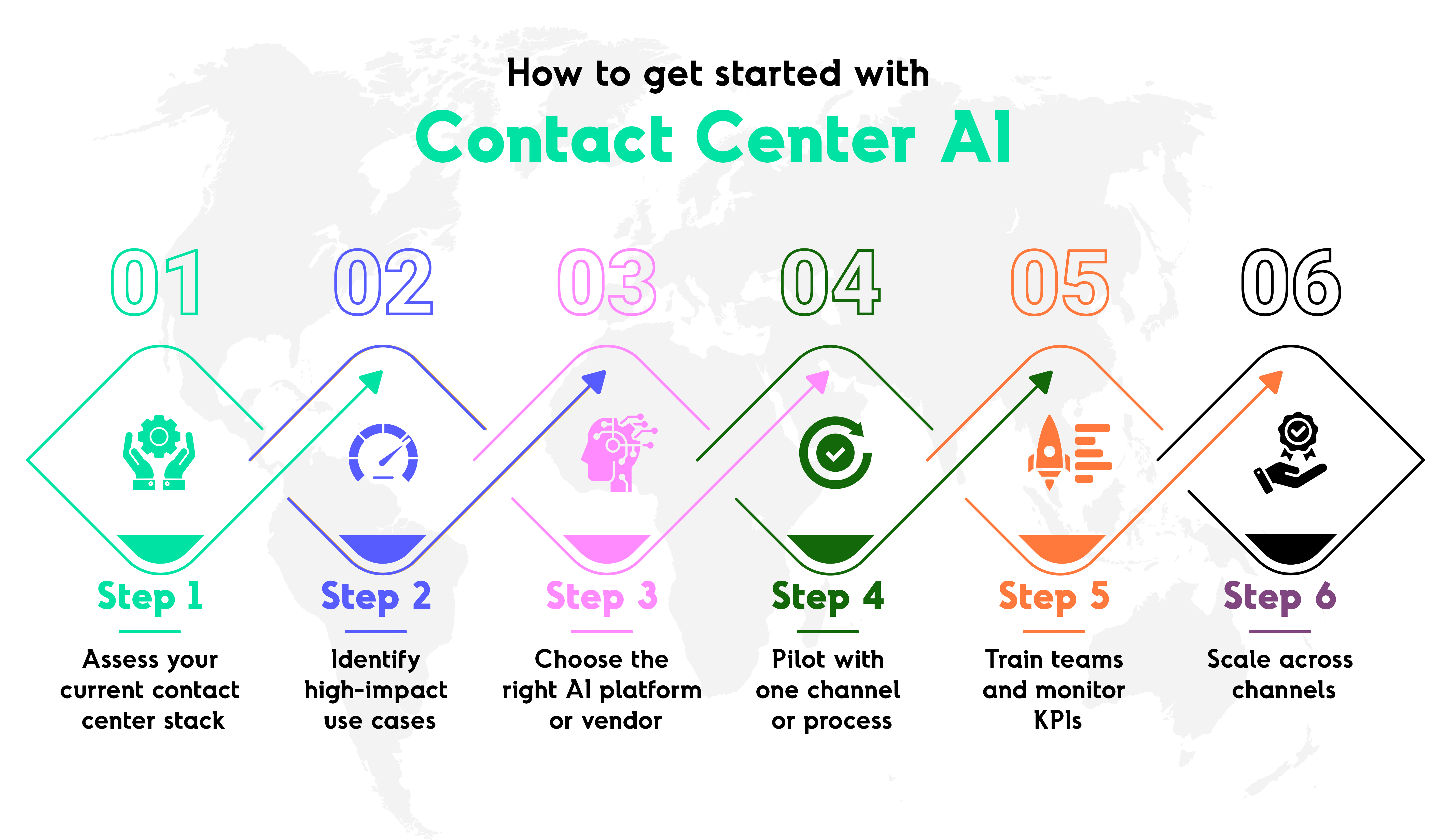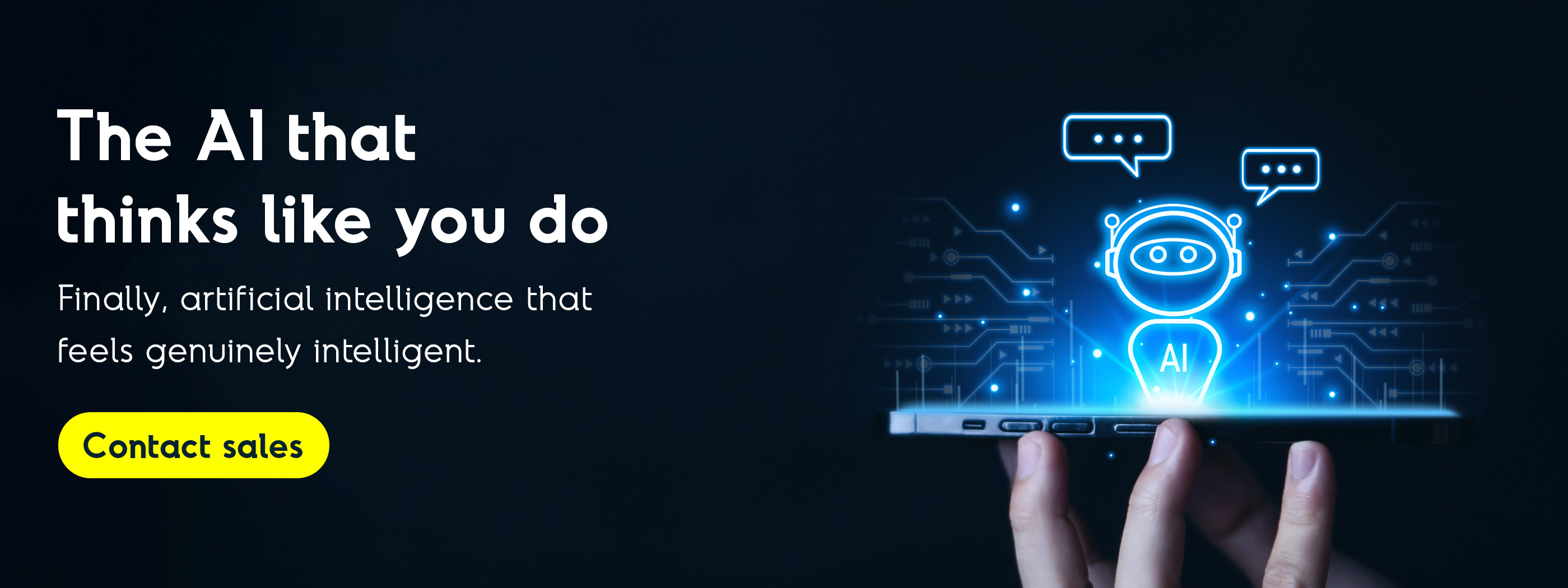Contact Center AI Explained: What It Is, How It Works & How to Use It
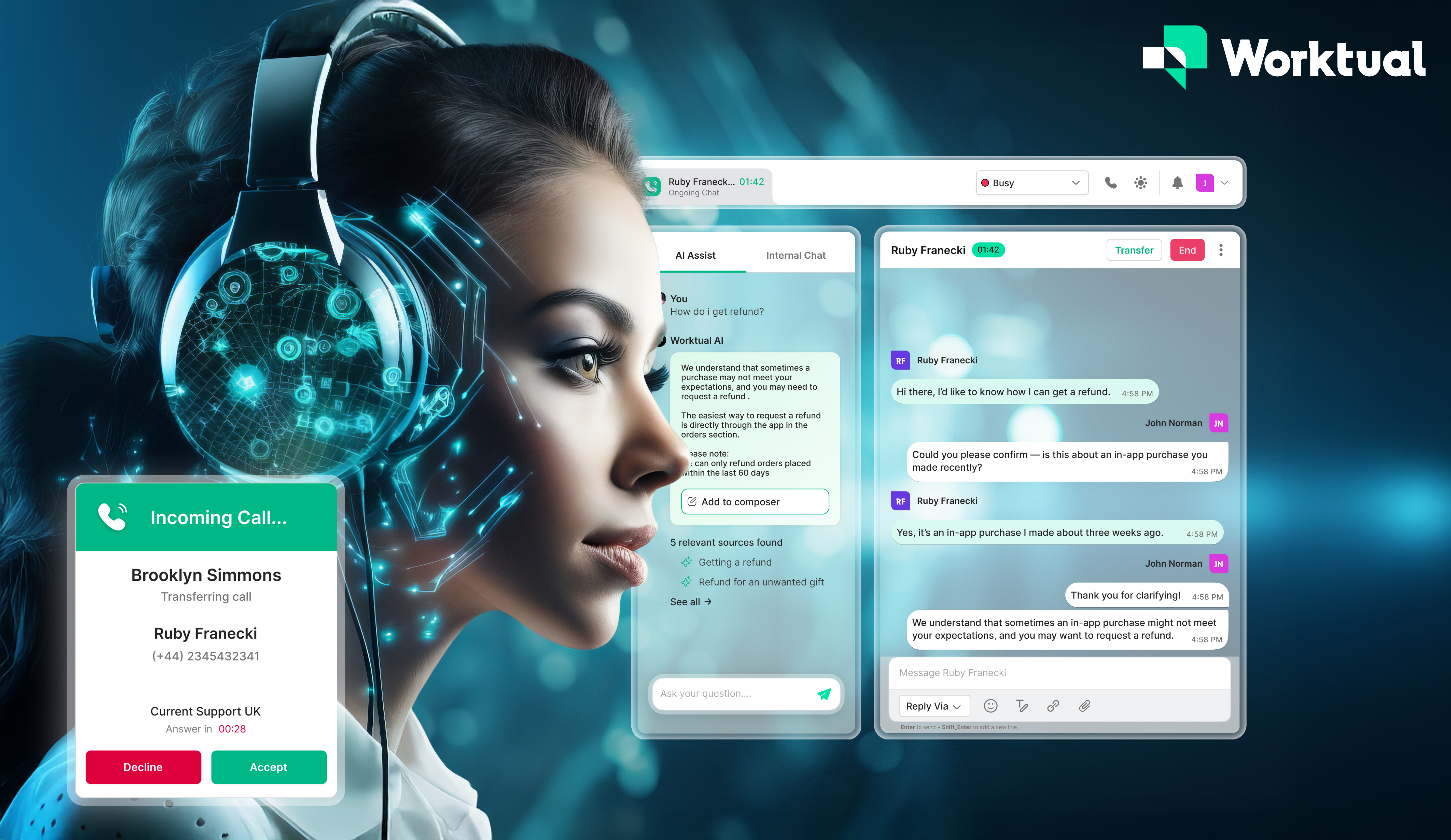
What is Worktual?
Free your team from repetitive questions
Worktual helps you slash support costs by 60% while improving response speed and accuracy.
See it in actionOur Products
Related Posts
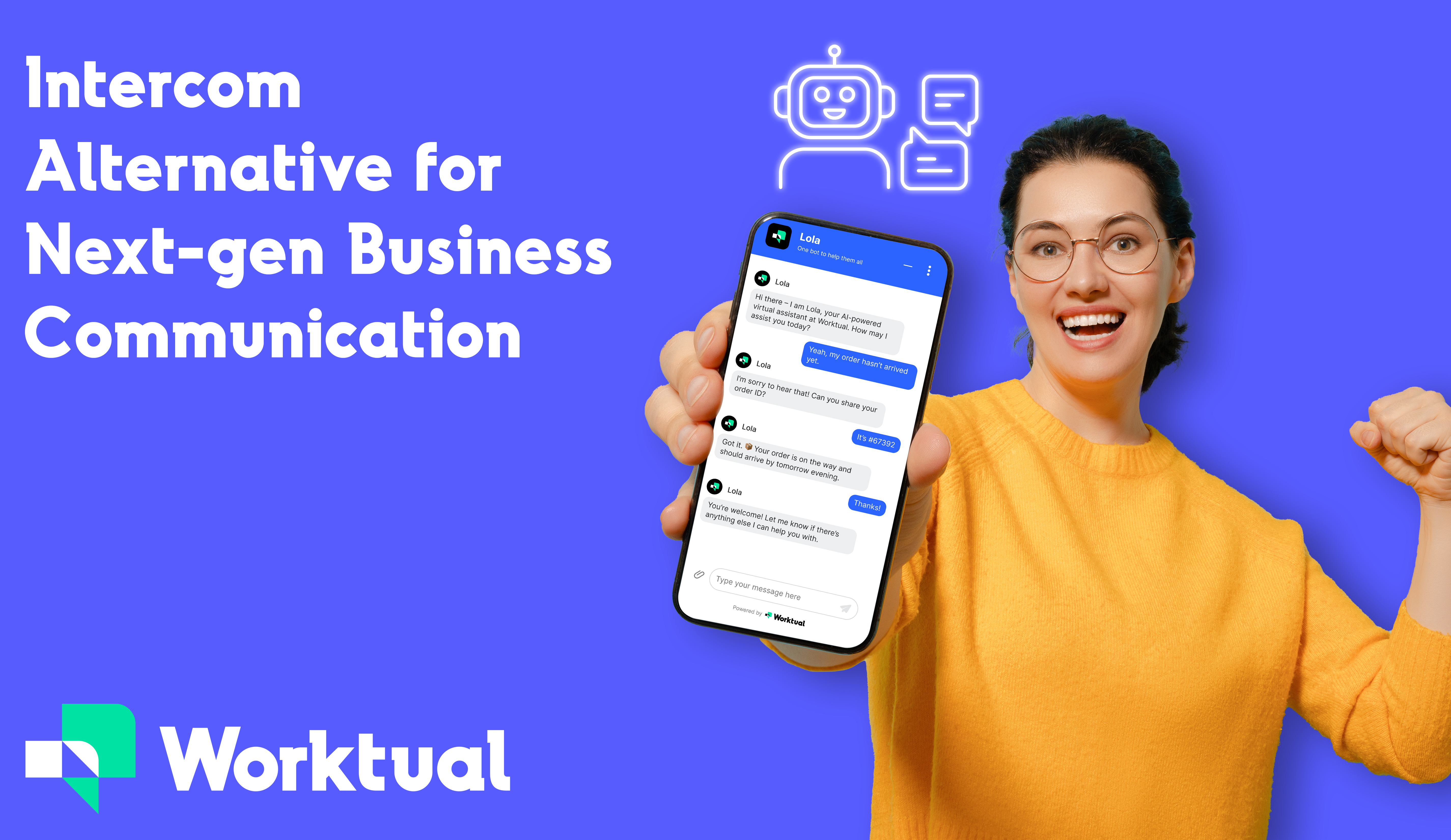
Top 5 Intercom alternatives redefining support in 2025
Assume your business is a growing city. You lay small roads and basic infrastructure to manage the flow of traffic. When you prosper, you attract more ]people, but as the city grows, roads become crowded.
Now, traffic jams slow progress, and what worked perfectly doesn’t anymore. Similarly, many businesses face such issues as they scale while using Intercom. While Intercom has come a long way from being a simple messaging tool to an AI-powered customer service platform, it’s still built for the city with smaller roads.
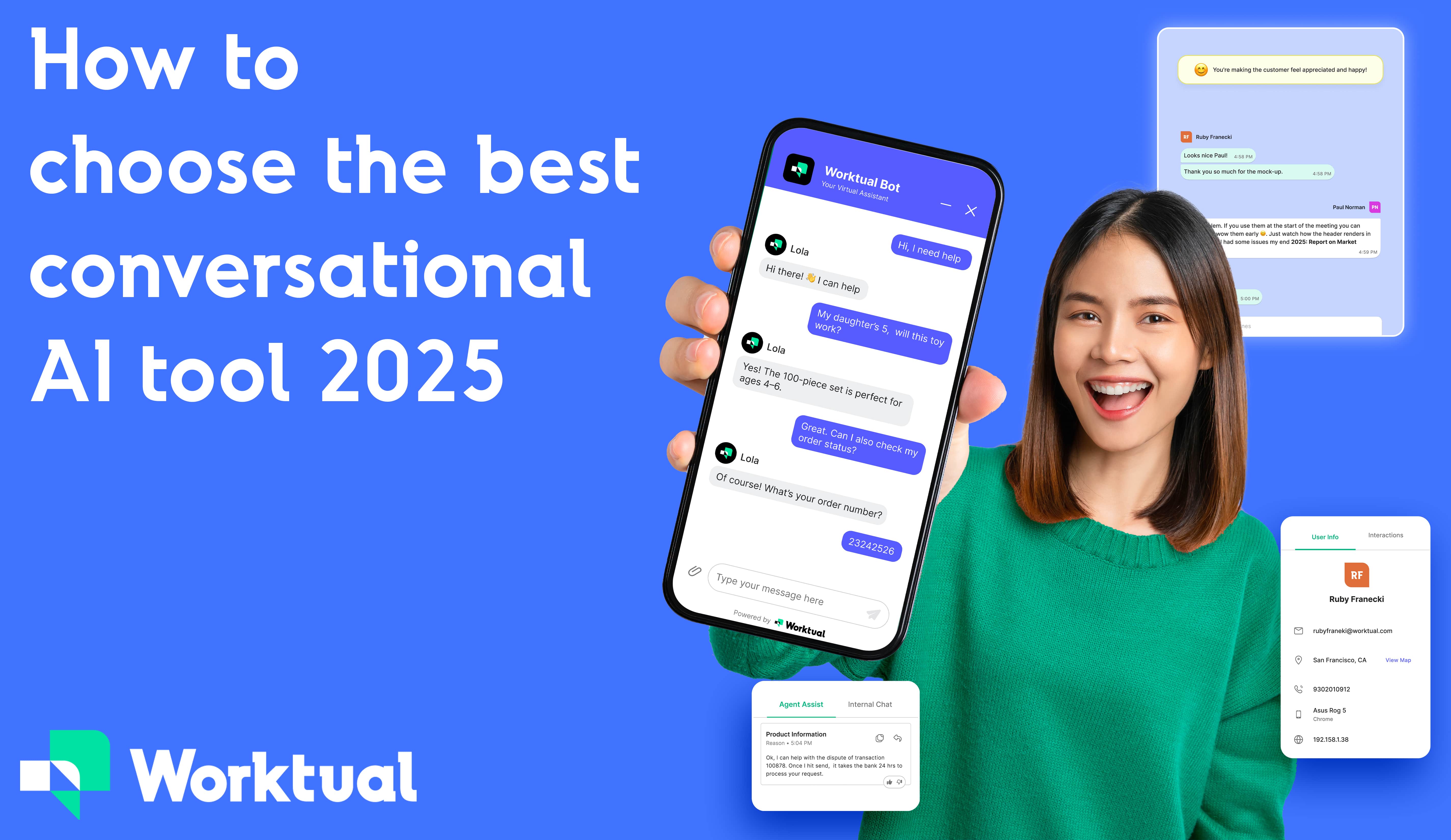
How to choose the best conversational AI tool 2025: a strategic approach to platform selection
The decision to implement a conversational AI chatbot represents more than a simple technology upgrade; it fundamentally reshapes how businesses interact with customers. Yet the proliferation of options in the market has created a paradox: whilst businesses have never had more choice in conversational AI platform for business solutions, the complexity of selecting the right platform has never been greater.
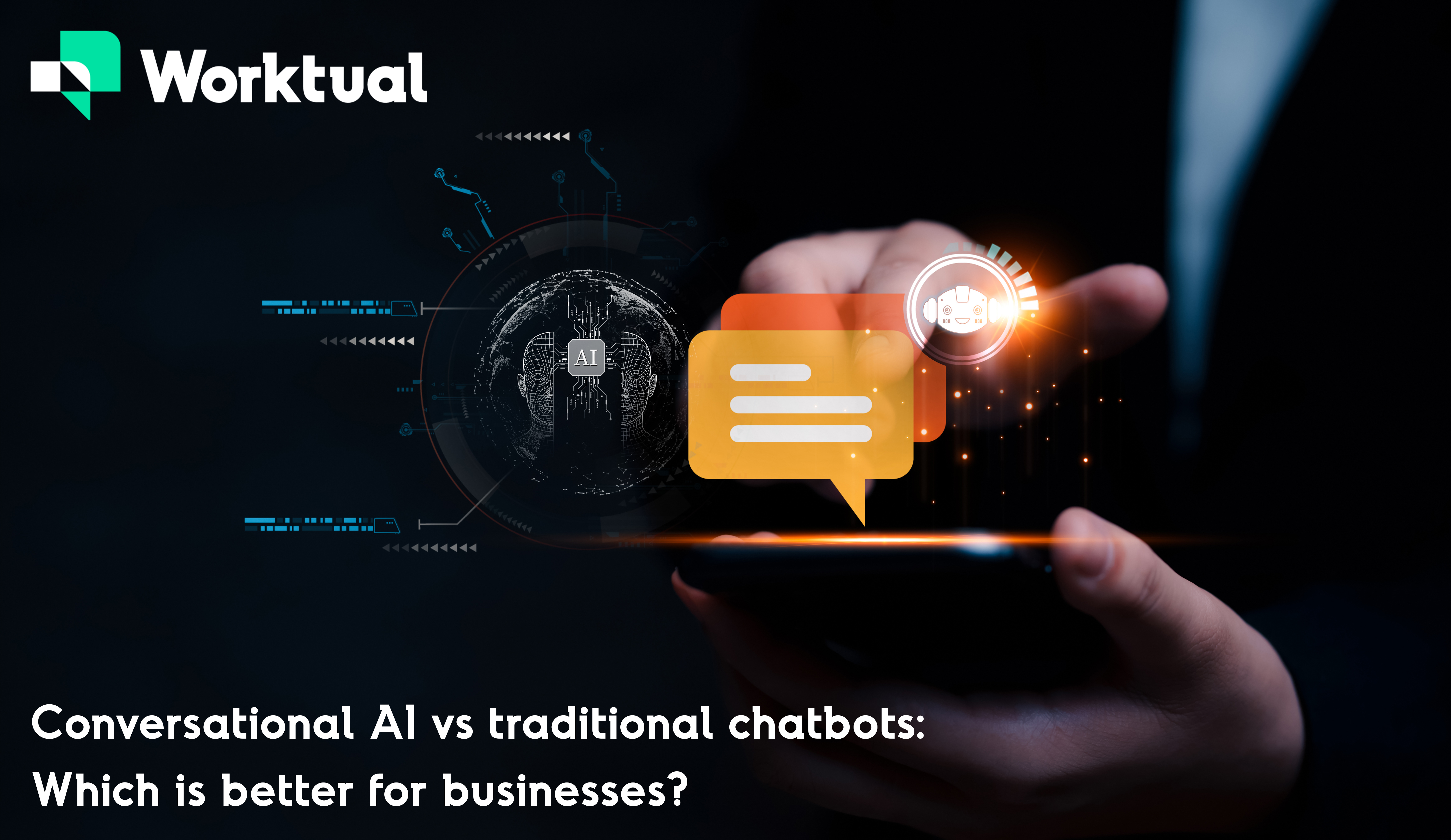
Conversational AI vs traditional chatbots: Which is better for businesses?
Old-school chatbots do certain things as required. Answering FAQs or booking appointments is a cakewalk for them, but they often feel rigid and robotic.
On the other hand, conversational AI feels more natural and easier to approach. It doesn’t ask you to repeat yourself; it knows the past chat and continues from there. Also, it picks up tone and makes interaction more personal.
